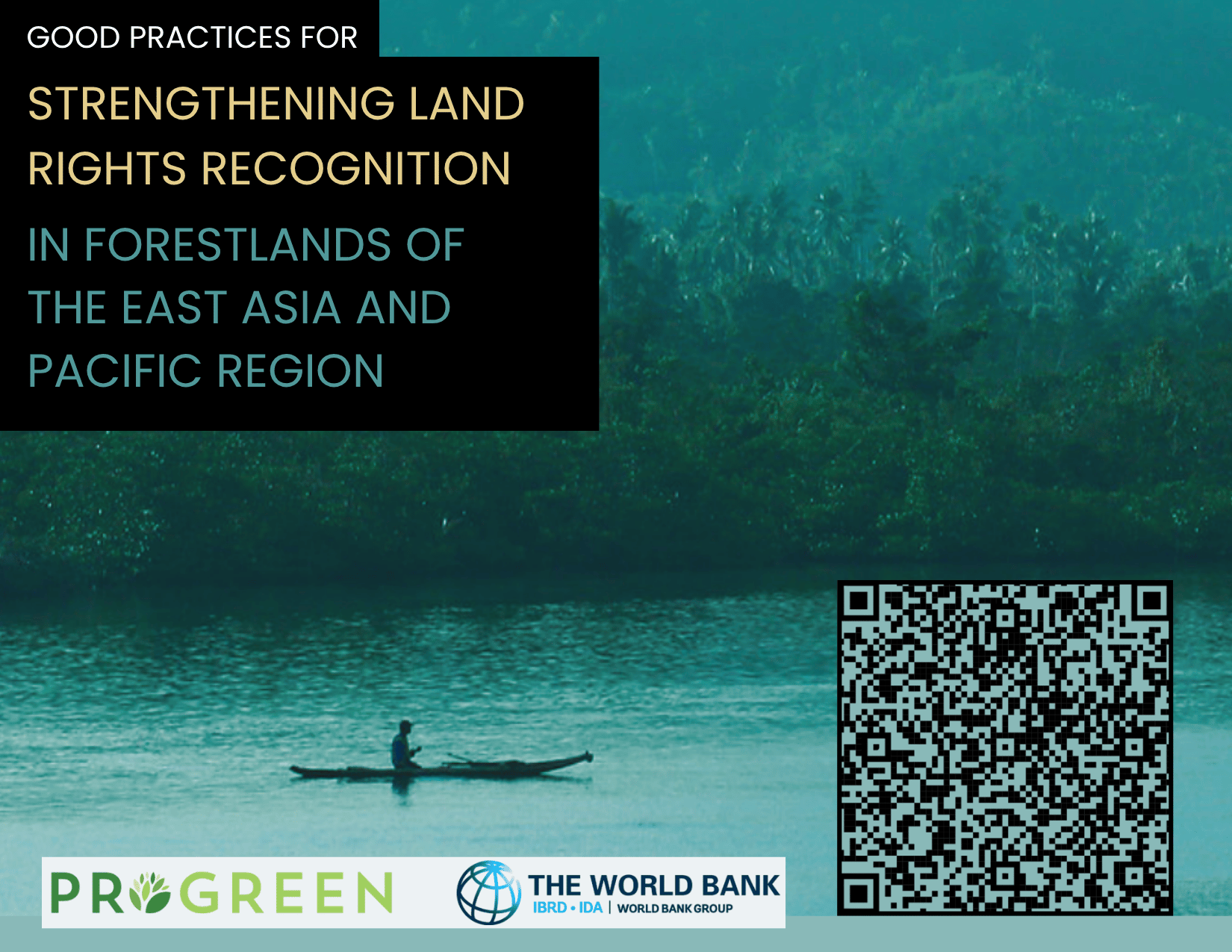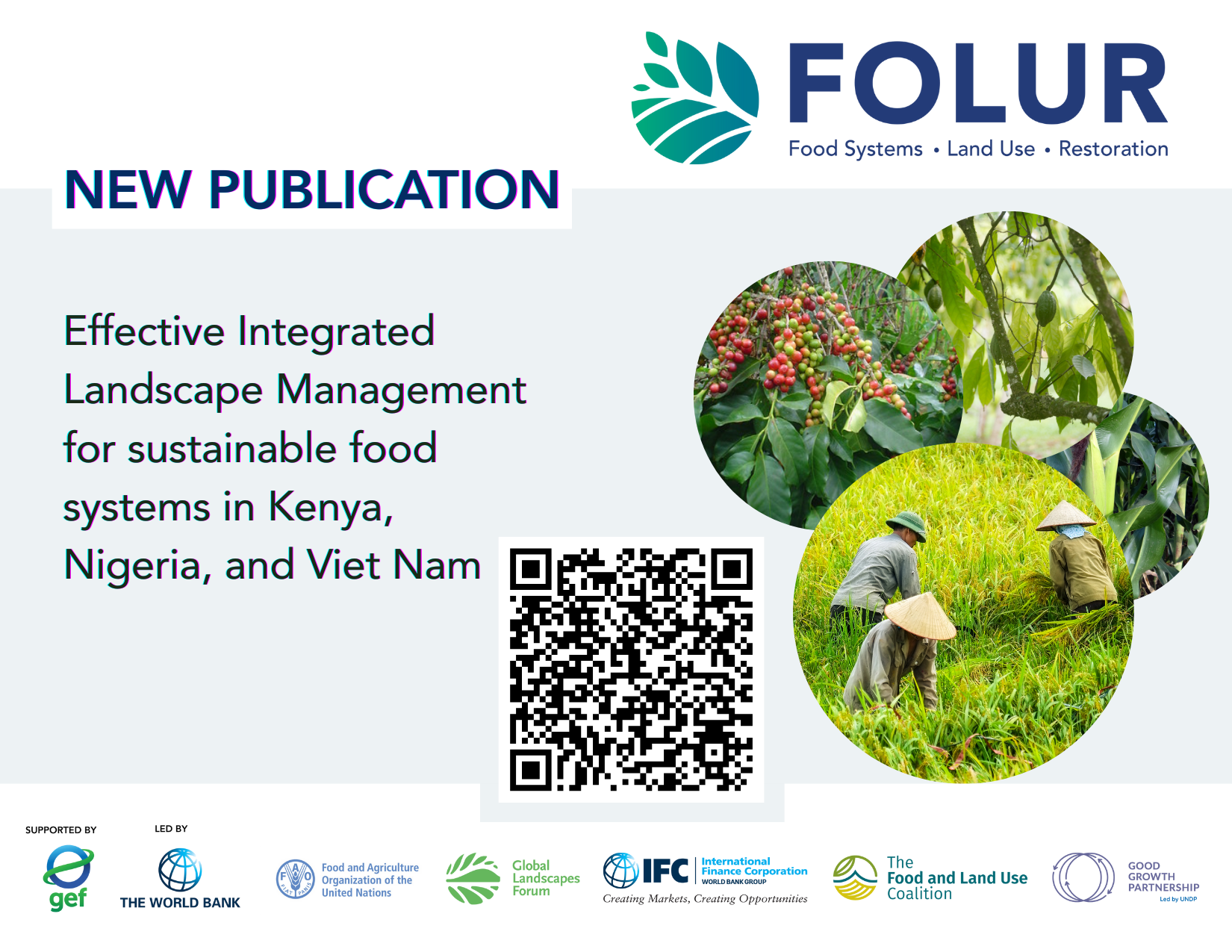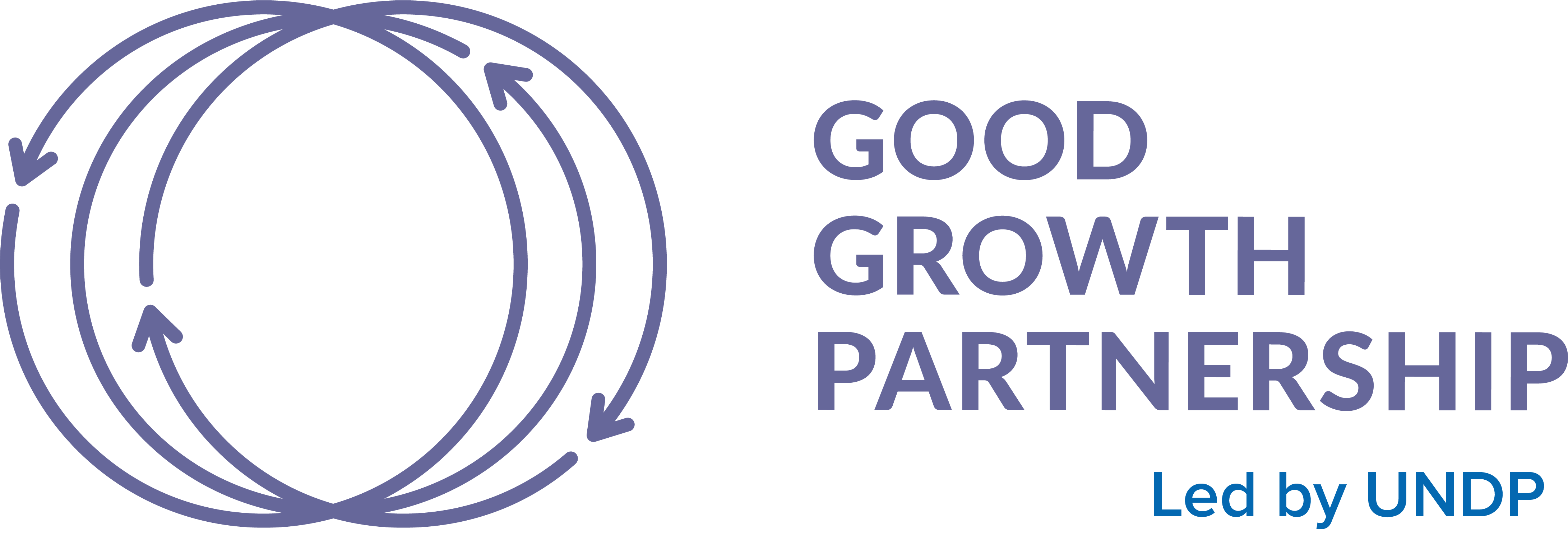
The conversion of forests into agricultural land – a global phenomenon driven by unsustainable agriculture production systems and weak environmental protection – is among the most pressing challenges we all face in the pursuit of a healthy planet. Millions of people, including many Indigenous Peoples (IP), experience a lack of secure tenure to their land holdings, especially in forested landscapes/forestlands.
Tenure insecurity discourages sustainable land investments, such as tree planting, sustainable forest management, or sustainable agriculture practices. Integrated landscape management (ILM) helps countries transition to deforestation-free commodity/crop value chains and more sustainable agri-food systems. But this ambitious work requires transformative governance that includes all stakeholders - and a focus on land tenure.
“If we are to advance in our efforts to create a healthy planet with healthy people, sustainable agri-food system transformation lies at the heart of the solution. Transformation starts at the landscape, and how a landscape is governed is one of the central challenges we need to overcome to accelerate progress at scale” said Patrick Kalas, environmental specialist and natural resources governance officer for the Food and Agriculture Organization of the United Nations (FAO) working to implement GEF Food Systems Impact Programs.
Kalas moderated the knowledge exchange and discussion, “Sustainable Landscapes in Action: Governance, Tenure and Land Rights within Integrated Landscape Management for Climate Action” a side event at the World Bank Global Land Conference in May. Sponsored by the Global Environment Facility (the GEF), the Food Systems, Land Use and Restoration Project (FOLUR), PROGREEN, FAO and the World Bank, the session explored new innovations, research and tools to help advance land tenure in client countries.
 The good news on the ground is that development partners, governments and communities are strengthening land rights recognition. For example, FOLUR works to transform food systems to achieve the sustainable production of cocoa, coffee, rice, soy, livestock, maize, palm and wheat, most of which, historically, have been associated with deforestation. “The role of FOLUR is very much rebuilding those landscapes that have been using these commodities for decades,” said Chris Brett, lead agribusiness specialist and FOLUR program lead.
The good news on the ground is that development partners, governments and communities are strengthening land rights recognition. For example, FOLUR works to transform food systems to achieve the sustainable production of cocoa, coffee, rice, soy, livestock, maize, palm and wheat, most of which, historically, have been associated with deforestation. “The role of FOLUR is very much rebuilding those landscapes that have been using these commodities for decades,” said Chris Brett, lead agribusiness specialist and FOLUR program lead.
A key highlight was the launch of the open-access academic journal article on “Effective Integrated Landscape Management for Sustainable Food Systems through Multi-Stakeholder Transformative Governance and Tenure,” exemplified through FOLUR country case studies in Nigeria, Kenya and Viet Nam.
When people obtain secure access to land rights, they are eager to engage in healthy and sustainable land use and production, according to the experts on the panel.
“Rights-based approaches address secure and equitable access to land,” said Louisa Jansen, senior transformative governance and tenure expert at FAO. Jansen discussed the paper, as well as linkages to the Participatory Informed Landscape Approach (PILA) developed as part of FOLUR, to catalyze action and help communities secure tenure.
“Tenure rights are a principal requirement to achieving effective and equitable Integrated Landscape Management (ILM),” Jansen added.
Nifesimi Ogunkua, climate change and GEF portfolio support specialist with the FAO in Nigeria, cited pollution management in cocoa and palm oil as strong examples of stakeholder collaboration to bring change. Nigeria is utilizing the PILA approach to reduce environmental pollution from processing waste. Stakeholders include pharma processors, transporters, industrial players and local communities as well as traditional rulers with land access rights.
The event also featured the World Bank report “Good Practices for Strengthening Land Rights Recognition in Forestlands.” About 3.3 billion people, more than forty percent of the global population, live within one kilometer of forests, and 36 percent of intact forest landscapes are in areas where Indigenous People (IP) and local communities live and work, according to the report.
Yet only about 10 percent of those have formal, legal rights to use and manage this land. The report examines when and how the formalization of rights can lead to forest conservation while providing a practitioner’s guide on strengthening land rights.
The World Bank Enhancing Systematic Land Registration Project is among these replicable initiatives scaling up land registration to extend the benefits of recognized land rights to more people. Lao is working to provide land certificates for plots that have been used by families from 1992 to 2019.
“When working inside forestlands, and with land registration processes, public awareness, sensitization, and ethics are extremely important,” said Markus Kukkonen, World Bank senior land administration specialist. “We recommend working with the village chiefs, the elders. And we see that governments should partner with CSOs (Civil Society Organizations) in this process.”
In Liberia, the World Bank piloted the new tool “Landscape Governance Assessment Tool for Carbon” (LGAT – C +). The LGAT offers a transparent approach to benefit sharing of carbon finance. Ten areas were chosen in Liberia based on their conservation level, carbon value, and level of degradation.
“It helped us coordinate these key areas [of land] at the inter-ministerial level,” said Eilijah Whapoe, a representative of the Environmental Protection Agency in Liberia. “Better coordination is now taking place,” he added.
Liberia, Lao PDR and Nigeria provided strong examples of paths forward to catalyze integrated land management, an inclusive process with multiple stakeholders invested in prioritizing forest cover, transforming food systems, and strengthening land rights through governance.
Presentations and recording available here.
[By Nora Fitzgerald, published June 11, 2025]







